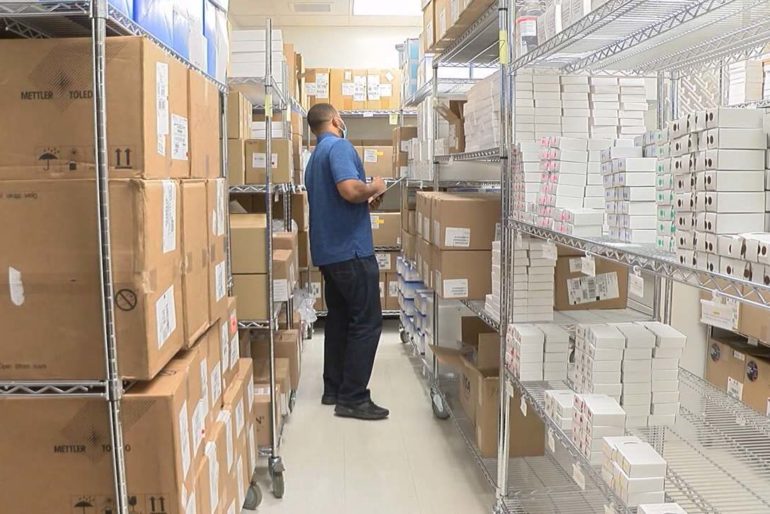[WAAY 31] With cases of COVID-19 rising in many states across the country, many diagnostic testing labs are continuously working to ramp up their ability to do more and more testing.
Those who have been in the testing trenches for the course of the pandemic said has been an exceedingly busy year of work.
“We launched our test March 17, but before then, our R&D team and clinical lab were all validating and we were preparing. We were getting ready essentially to go to battle and that battle has not stopped,” said Jennifer Cart, the president of Diatherix Eurofins at HudsonAlpha Institute for Biotechnology.
Since then, WAAY 31 News has checked in with the lab a couple of times over the spring and summer to see how the process of scaling up their testing capacity has progressed.
Cart said being a part of a global company helped to keep them ahead of the curve when it comes to their supplies.
“We all keep an inventory spreadsheet and so, when we see that we’re short something, we check around and see if we can get something from one of our sister labs,” Cart said.
Early on in the pandemic, the part of the supply chain that testing labs were really watching were reagents. At this point it has become plastics.
“Tips of plastics go on many different instruments: pipettes, the robots, etc. Different sized tips, but ultimately, there are only so many of the manufacturers manufacturing those,” Cart said.
Adding a couple of robots to their arsenal was another way that the lab has worked to improve its testing capacity over the past few months.
“The robots are intended to do some of the people’s jobs. So, essentially transferring a specimen or moving reagents into wells, the robots assist with that. So, it’s a little bit more consistent and reduces the amount of human motion and movement that needs to take place, speeding it up and reducing the human motion, which would require more people essentially to do more testing,” Cart said.
With winter and the flu season coming up, Cart said their will likely be a higher demand for testing because more people will want to know if their symptoms mean influenza or COVID-19.
“I really think right now, that’s what we’re going to see more often: it will be a shift away from what was a single-target COVID to say whether you have COVID or you don’t have COVID, whether you’re symptomatic or not. Now it’s going to be: I’m sick, I don’t know what it is, I want to know which virus,” Cart said.

